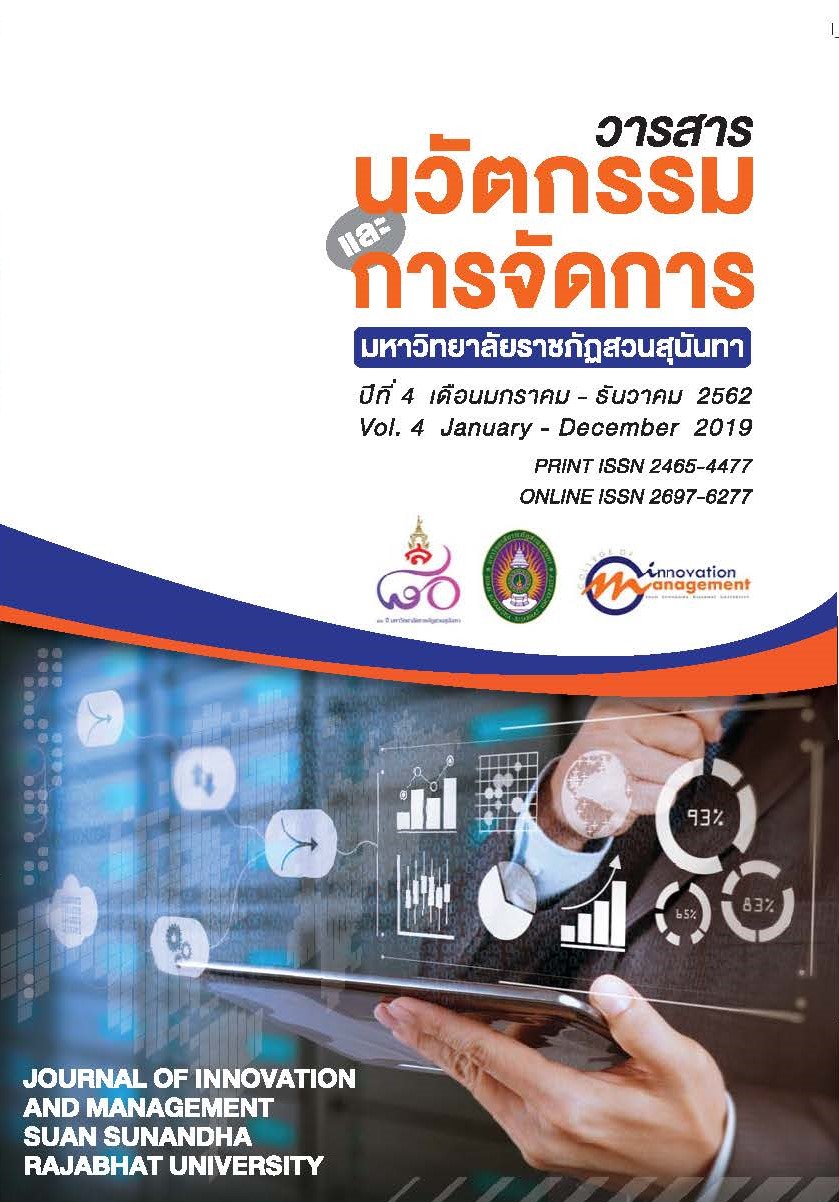A Conceptual Framework of Online Purchasing in Pakistan in Perspective of Technology Acceptance Model and Theory of Planned Behavior
Keywords:
Conceptual framework, Online purchasing, Technology Acceptance Model, Theory of Planned BehaviorAbstract
To integrate model of TPB and TAM in determining online purchasing behavior in Pakistan is the major goal of current research mainly because further research is required since there still lack of investigation on the mediating effects in actual online purchasing in Pakistan, low usage of actual online purchasing, and diverse antecedents in actual online purchasing, inconsistent findings between variables used in past studies low security and high risk, fragmented model, and above all, TPB or TAM were used in isolation in all previous researches.
References
Ahmad, K. (2004). Internet access for rural folk. NST News Archive.
Ajzen, I. (1988). Attitudes, Personality, and Behavior. London: Open University Press.
Ajzen, I. (1991). The theory of planned behavior. Organizational behavior and human decision processes, 50, 179-211.
Ajzen, I., and Fishbein, M. (1980). Understanding attitudes and predicting social behaviour. Eaglewood Cliffs, NJ: Prentice Hall.
Chang, K. and Chiau, C.C. (2009). Predicting user intention related to self-users and retain system. The Electronic Library, 27 (6), 938-949.
Cho, H., and Fiorito, S.S. (2009). Acceptance of online customization for apparel shopping. International Journal of Retailing and Distribution Management, 37 (5), 389-407.
Cunningham, L.F., Gerlach, J.H., Harper, G.M., and Young, C.E. (2005). Perceived risks and consumer buying process; Internet airline reservation. International Journal of Service Industry Management, 15 (4), 357-372.
Davis, F. D. (1989). Perceived usefulness, perceived ease of use, and user acceptance of information technology. MIS Quarterly, 13 (3), 319-339.
Davis, F.D., Bagozzi, R.P., Warshaw, P.R. (1989). User acceptance of computer technology: a comparison of two theoretical models. Management Science, 35 (8), 982-1003.
Delafrooz, N., Laily, P. and Khatibi, A. (2011). A research modeling to understand online shopping intention. Australian Journal of Basic and Applied Services, 5(5), 70-77.
Delafrooz, N., Laily, P., and Khatibi, A. (2010). Students online shopping behavior: an empirical study. Journal of American Science, 6(1), 137-147.
Du, R.R.P. (2009). The impact on purchase intention from perceived value. Journal of American Science, 5(2), 98-110.
Forrester. (2006). Online Retail: Strong, Broad Growth. [Online]. Retrieved 18 January 2007 from: http://www.forrester.com/Research/Document/Excerpt/0,7211,39915,00.html
George, J.F. (2004). The Theory of Planned Behaviour and internet purchasing. Internet Research, 14(3), 198-212.
Haque, A., Khatibi, A., and Al Mahmud, S. (2009). Factors determinate customer shopping behavior through internet: the Malaysian case. Australian Journal of Basic and Applied Sciences, 3(4), 3452-3463.
Hoffman, D.L., Novak, T.P., and Peralta, M. (1999). Building consumer trust online. Communications of the ACM, 42(4), 80-85.
Hsi, P.L., Chin, L.H., and Hsiu, Y.H. (2005). An empirical study of the effect of perceived risk upon intention to use online application. Information Management and Computer Security, 15 (2), 106-120.
Huang, W., Schrank, H.L. and Dubinsky, A. J. (2004). Effect of brand name on consumers' risk perceptions of online shopping. Journal of Consumer Behaviour, 4(1), 40-50. DOI: 10.1002/cb.156
Jasman, J.M., Osman, M., and Ramayah, T. (2005). Intention to purchase via the internet: a comparison of two models. Asian Academy of Management Journal, 10 (1), 79-95.
Javenpaa, S.L., and Todd, P.A. (1997). Consumer reactions to electronic shopping on the World Wide Web. International Journal of Electronic Commerce, 1(2), 59-88.
Khalifa, M., and Shen, K.N. (2008). Explaining the adoption of transactional B2C mobile commerce. Journal of Enterprise Information Management, 21(2), 110-124.
Muthaly, S., and Huang, Y.H. (2009). Four alternative models of online purchasing behaviorin the Asia –Pacific region. Asia-Pacific Journal of Marketing and Logistics, 21(2),
267-279.
Nik Kamariah, N.M., and Ilham, S. (2008). The integration of Theory of Planned Behaviour (TPB) and Technology Acceptance Model (TAM) in internet purchasing: A Structural Equation Modeling (SEM) approach. The Proceedings of Applied International Business Conference 2008, Malaysia, 466-481.
Pavlou, P. A., and Chai, L. (2002). What drives electronic commerce across cultures? A cross-cultural empirical investigation of the theory of planned behavior. Journal of Electronic Commerce Research, 3(4), 240-253.
Samadi, M., and Yaghoob-Nejadi, A. (2009). A Survey of the Effect of Consumers’ perceived Risk on Purchase Intention in E-Shopping. Business Intelligence Journal, 2 (2), 261-275.
Suh, B. and Han, I. (2003). The impact of customer trust and perception of security control on the acceptance of electronic commerce. International Journal of Electronic Commerce, 7(3), 135-161.
Swaminathan, V., White, E.L., and Rao, B.P. (1999). Browsers or buyers in cyberspace? An investigation of factors influencing electronic exchange. Journal of Computer-Mediated Communication, 5(2), 1-23.
Tarkiainen, A., and Sundqvist, S. (2005). Subjective norms, attitude, and intention of consumer in buying organic food. British Food Journal, 107 (11), 808-822.
Vijayasarathy, L.R., and Jones, J.M. (2000b). Intentions to shop using internet catalogue: Exploring the effect of products type, shopping orientations, and attitudes towards computers. Electronics Markets, 10 (1), 29-38.
Wen, B.L. (2008). Factors Influencing Online and Post-purchase Behavior and Construction of Relevant Models. Journal of International Consumer Marketing, 20(3-4), 23-38.
Yu, B. C., Chieh. P. L, and Ling, L. T. (2005). Gender differs: assessing a model of online purchase intentions in e-tail service. International Journal of Service Industry Management, 16 (5), 416-435.
Yulihasri, Md Aminul, I., and Ku Amir, K.D. (2011). Factors that influence buying intention in shopping online. International Journal of Marketing Studies, 3(1), 128-139.






